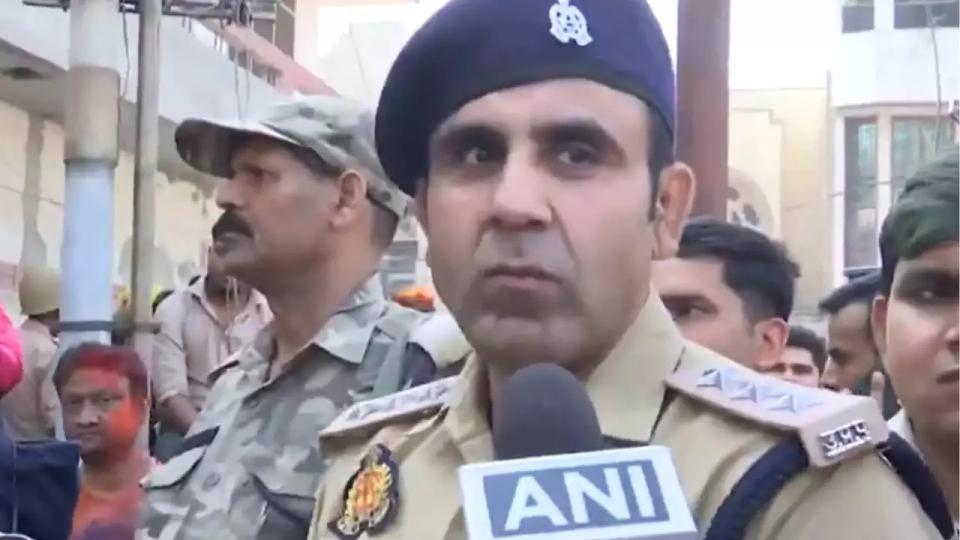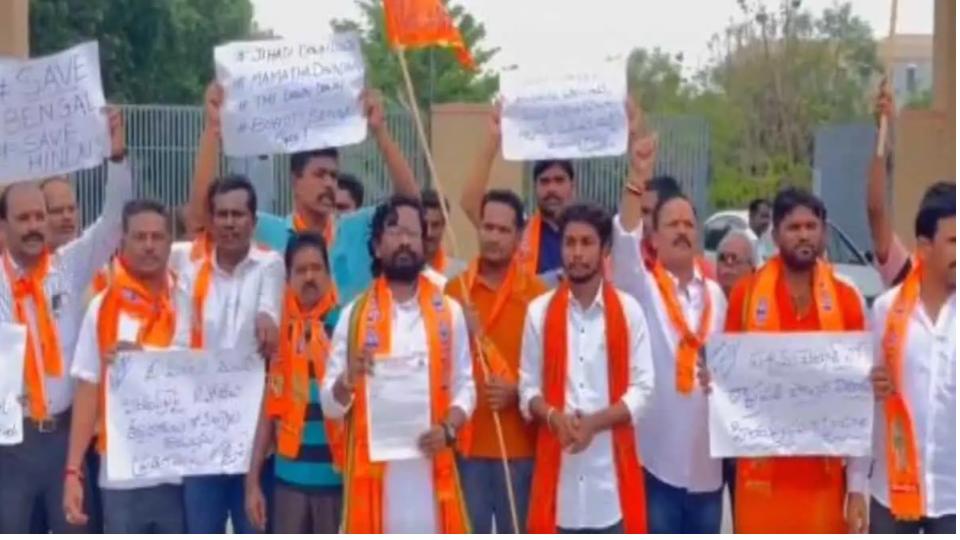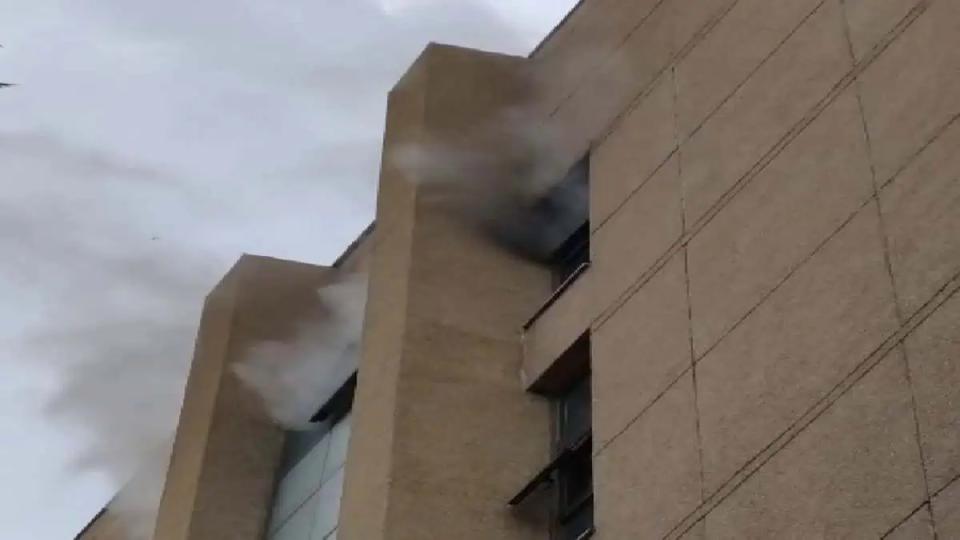Domestic airlines can go global now
Thu 16 Jun 2016, 12:26:00
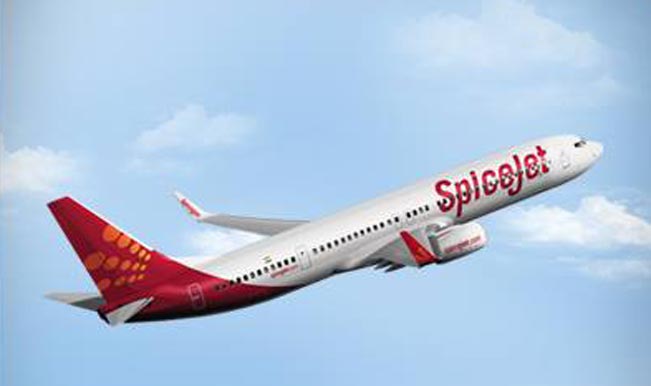
The government on Wednesday unveiling the country's first Civil Aviation Poicy and rewrote a 12-year-old controversial rule that restricted new domestic airlines from flying abroad till it completed 5 years and had a fleet of 20 aircraft.
The Civil Aviation Ministry allowed domestic airlines to fly overseas anytime if they deploy 20 planes or had 20% of their total capacity, whichever is higher, for domestic operations. This means one need not wait for five years as was the rule that came into force in 2004.
This major reform push in the civil aviation sector by the NDA government is also backed by a series of other measures like enhancing regional connectivity through SOPs to airlines, initiatives to develop new airports, separate regulations for helicopters and measures to boost skill development in the aviation sector.
With a thrust on making every Indian fly at least once a year by capping fares at Rs 2,500 for one-hour flights in small cities, the policy also aims at ease of doing business for airline operators and "affordable, convenient and cheaper" travel for fliers. Once the news of the Union Cabinet clearing the policy came out, the most sought after query was on the fate of the 5/20 rule. Civil Aviation Minister Gajapathi Raju said airlines no longer need to wait for five years before starting international operations.
“The 5/20 rule for commencement of international flights in operation since 2004 is
replaced by a formulation, which provides a level playing field and allows airlines to commence international operations provided they continue to meet some obligation for domestic operation,” the policy said.
replaced by a formulation, which provides a level playing field and allows airlines to commence international operations provided they continue to meet some obligation for domestic operation,” the policy said.
On the scrapping of the rule, Union Minister Ravi Shankar Prasad said, "A questionable legacy has been thrown into the dustbin."
Old operators like IndiGo, Jet Airways and SpiceJet were opposed to the change, but sector experts did not take the changes enthusiastically. They felt it may not change the equation much as an airline would take around 3-4 years to have a fleet of 20 aircraft.
Another big take away from the policy was the emphasis on improving regional connectivity by making flying attractive to the middle class. The policy envisages capping a one-hour flight between tier-II and tier-II I cities at Rs 2,500 and provide viability gap funding for the airline to bridge the revenue gap. “We have a 30 crore middle class population while those who fly a year is eight crore. That means one person is flying only once in four-five years. We want to enable them to fly every year,” Civil Aviation Secretary R N Choubey said.
For achieving this, the government plans to revive unused airports and airstrips with the help of states. Airlines planning to avail the regional connectivity scheme would not need to pay airport charges, while several taxes like VAT on jet fuel will be reduced for them.
No Comments For This Post, Be first to write a Comment.
Most viewed from Specials
Most viewed from World
AIMIM News
Latest Urdu News
Most Viewed
May 26, 2020
Do you think Canada-India relations will improve under New PM Mark Carney?
Latest Videos View All
Like Us
Home
About Us
Advertise With Us
All Polls
Epaper Archives
Privacy Policy
Contact Us
Download Etemaad App
© 2025 Etemaad Daily News, All Rights Reserved.












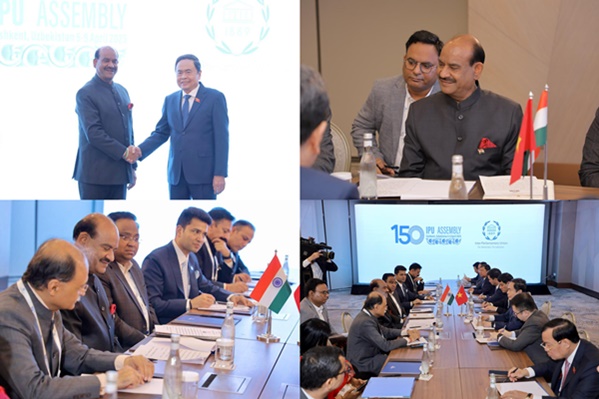
.jpg)
.jpg)
.jpg)
.jpg)
.jpg)
.jpg)


